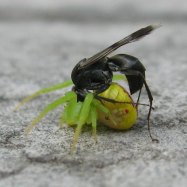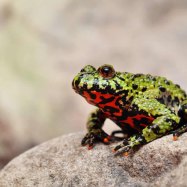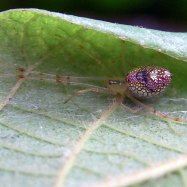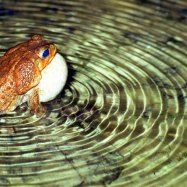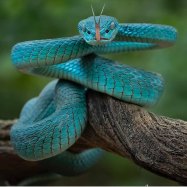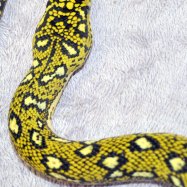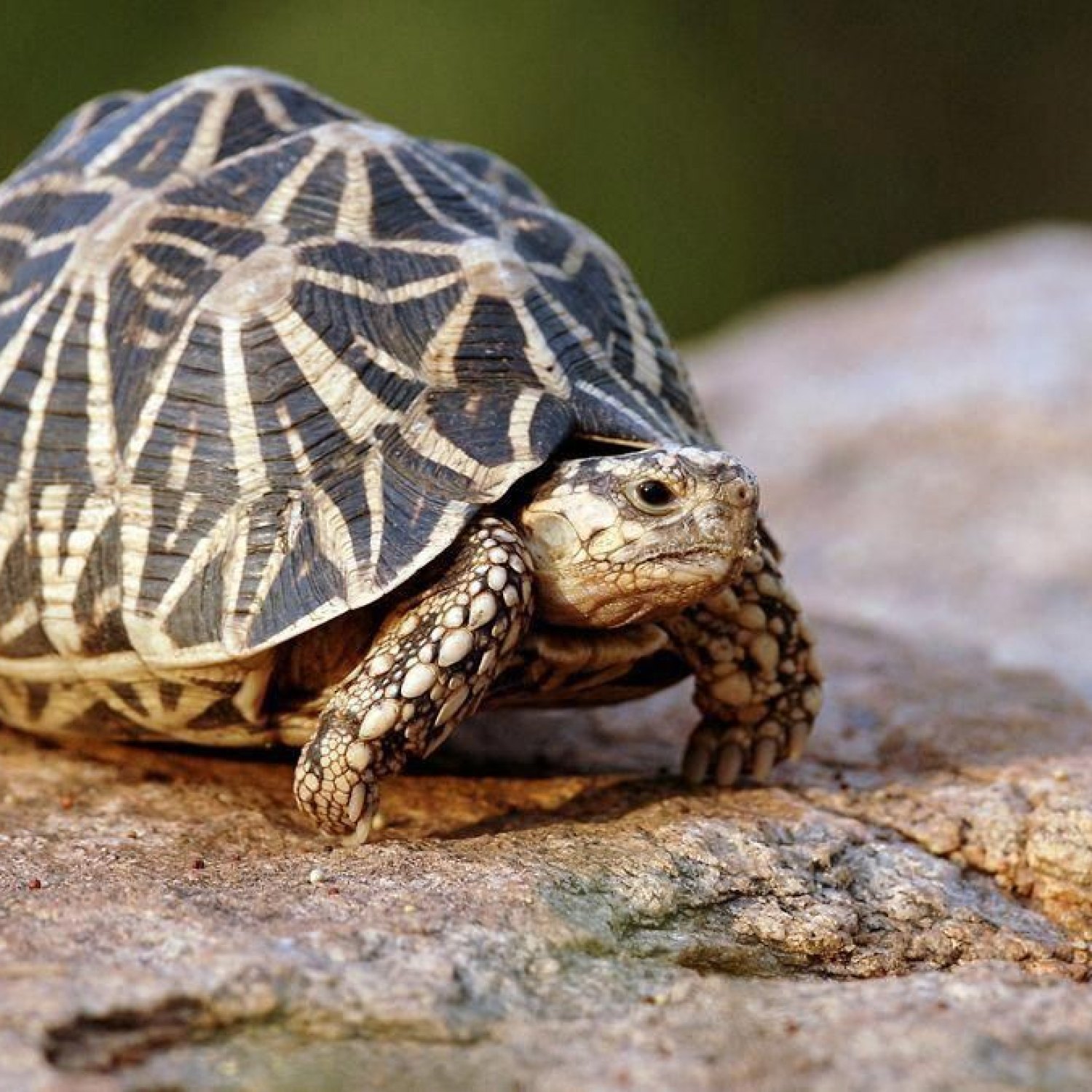
Indian Star Tortoise
25-30 cm
The Indian Star Tortoise is a popular pet known for its beautiful shell and gentle nature. These small reptiles can grow up to 25-30 cm in length and are native to South Asia. They belong to the Testudinidae family and have a distinctive domed shell with a flat bottom, making them fascinating creatures to observe. However, these animals are facing threats in their natural habitat, making conservation efforts crucial for their survival.
Animal Details Summary:
Common Name: Indian Star Tortoise
Kingdom: Animalia
Habitat: Dry grasslands, scrublands, and thorn forests
The Magnificent Indian Star Tortoise: A Unique and Adaptable Species
The Indian Star Tortoise, scientifically known as Geochelone elegans, is a reptile that has captured the hearts of many with its strikingly beautiful appearance and unique characteristics. This small, herbivorous turtle is native to the dry grasslands, scrublands, and thorn forests of India, Sri Lanka, and Pakistan, making it a cherished species in South Asia. Its distinctive coloration and body shape have earned it its common name – the Indian Star Tortoise.The Anatomy and Physical Appearance of the Indian Star Tortoise
The Indian Star Tortoise is a member of the Animalia Kingdom, the Chordata Phylum, and the Reptilia Class Indian Star Tortoise. It belongs to the Testudinidae family, which comprises of terrestrial and herbivorous turtles. As its name suggests, this tortoise has a unique star pattern on its shell, making it easily recognizable among other tortoise species.The Indian Star Tortoise has a small, domed shell with a high and smooth carapace (top shell) and a flat, dull colored plastron (bottom shell). The carapace is typically dark brown or black with bright yellow or tan star-shaped patterns on each scute (the bony plates that make up the shell). These star markings are most prominent in juvenile tortoises and may fade with age, making each Indian Star Tortoise's pattern unique.
With an average length of 25-30 cm, the Indian Star Tortoise is considered a small-sized tortoise. However, some individuals can grow up to 35 cm in length. This tortoise's body shape is adapted for its terrestrial lifestyle, with short and sturdy limbs for walking on land and a hefty, high-domed shell for protection.
The Natural Habitat of the Indian Star Tortoise
The Indian Star Tortoise is primarily found in India, Sri Lanka, and Pakistan, making South Asia its natural habitat Iguana. These tortoises thrive in dry grasslands, scrublands, and thorn forests, where they have adapted to survive the harsh and arid climate. They are also commonly found in agricultural areas such as fields and plantations, where they feed on crops and grasses.One of the most fascinating aspects of the Indian Star Tortoise's habitat is its ability to survive in both hot and cold environments. During the monsoon season, these tortoises are exposed to heavy rains and high humidity levels, while the dry season can be extremely hot and dry. Despite these challenges, the Indian Star Tortoise has evolved and adapted to thrive in these diverse environments.
Feeding and Behavior
The Indian Star Tortoise is an herbivorous animal, which means it feeds primarily on plants. In the wild, they feed on various plant materials, including grasses, leaves, fruits, and flowers. In captivity, they are typically fed a diet of dark leafy greens, hibiscus flowers, and various fruits, such as papaya and watermelon. It is important to note that a balanced and varied diet is crucial for the Indian Star Tortoise's health, as their nutritional needs change with age.These tortoises are also known for their unique feeding behavior. They have a sharp beak-like mouth and strong jaws, allowing them to tear and chew their food. They also have a specialized digestive system that allows them to ferment and break down tough plant materials, making them efficient herbivores.
The Indian Star Tortoise: Threats and Conservation
Unfortunately, the Indian Star Tortoise is facing several threats to its survival, including habitat loss, illegal trade, and predation. The dry grasslands and scrublands where these tortoises live are quickly disappearing due to human activities such as agriculture and urbanization. The illegal trade of this species for their unique shells has also significantly impacted their population in the wild.To combat these threats, several conservation efforts have been put in place to protect the Indian Star Tortoise. In India, where the species is considered endangered, the government has imposed strict laws to protect them. These laws prohibit their capture, trade, and export, and anyone caught violating them may face severe penalties. Additionally, various conservation organizations are working towards creating awareness and breeding programs to reintroduce these tortoises into their natural habitats.
The Indian Star Tortoise in Captivity
The Indian Star Tortoise's striking appearance and unique personality have made it a popular choice among reptile enthusiasts. However, they require specific care and conditions to thrive in captivity, and it is essential to research and understand their needs before getting one as a pet.One of the most crucial aspects of caring for an Indian Star Tortoise in captivity is providing them with the right temperature and humidity levels. These tortoises require a warm and dry environment, with a basking spot that reaches a temperature of 88-95°F. It is also essential to maintain a humid environment, especially during the breeding season, as low humidity levels can hinder egg-laying.
When kept in captivity, Indian Star Tortoises should have access to a varied diet and enough space to move around and explore. It is also important to provide them with UVB lighting, which is necessary for their shell and bone health.
The Role of the Indian Star Tortoise in Ecosystems
As herbivores, the Indian Star Tortoise plays a crucial role in maintaining a balance in their natural habitats. They help control the growth of vegetation by eating plants, and their burrowing behavior also helps aerate the soil. These tortoises also provide food for predators, such as birds and small mammals, thus contributing to the local food chain.In addition, the Indian Star Tortoise's shell patterns serve as camouflage, allowing them to blend in with their surroundings and avoid detection from predators. Their ability to thrive in various environments also makes them vital contributors to ecosystem diversity.
The Indian Star Tortoise: A Unique and Adaptable Species
In conclusion, the Indian Star Tortoise is a unique and adaptable species that has captured the hearts of many with its striking appearance and fascinating behavior. From its one-of-a-kind shell patterns to its ability to survive in diverse habitats, this tortoise is truly a wonder of nature. However, with increasing threats to its survival, it is crucial to raise awareness and take action to protect this magnificent species for future generations to appreciate and admire.

Indian Star Tortoise
Animal Details Indian Star Tortoise - Scientific Name: Geochelone elegans
- Category: Animals I
- Scientific Name: Geochelone elegans
- Common Name: Indian Star Tortoise
- Kingdom: Animalia
- Phylum: Chordata
- Class: Reptilia
- Order: Testudines
- Family: Testudinidae
- Habitat: Dry grasslands, scrublands, and thorn forests
- Feeding Method: Herbivorous
- Geographical Distribution: India, Sri Lanka, and Pakistan
- Country of Origin: India
- Location: South Asia
- Animal Coloration: Dark brown or black shell with bright yellow or tan star-shaped patterns on each scute
- Body Shape: Domed shell with a high domed carapace and a flat plastron
- Length: 25-30 cm

Indian Star Tortoise
- Adult Size: 25-30 cm
- Average Lifespan: Up to 80 years
- Reproduction: Sexual
- Reproductive Behavior: Males engage in courtship behavior and mating rituals
- Sound or Call: Does not produce vocalizations
- Migration Pattern: Non-migratory
- Social Groups: Solitary
- Behavior: Diurnal and terrestrial
- Threats: Habitat loss, illegal pet trade, and collection for traditional medicine
- Conservation Status: Vulnerable
- Impact on Ecosystem: Important for seed dispersal and vegetation control
- Human Use: Illegal pet trade and traditional medicine
- Distinctive Features: Distinct star-shaped patterns on its shell
- Interesting Facts: The Indian Star Tortoise is named after the beautiful star patterns on its shell. It is a popular species in the pet trade due to its unique appearance. This tortoise is also known for its ability to withdraw its head and legs into its shell for protection.
- Predator: Wild dogs, jackals, and humans
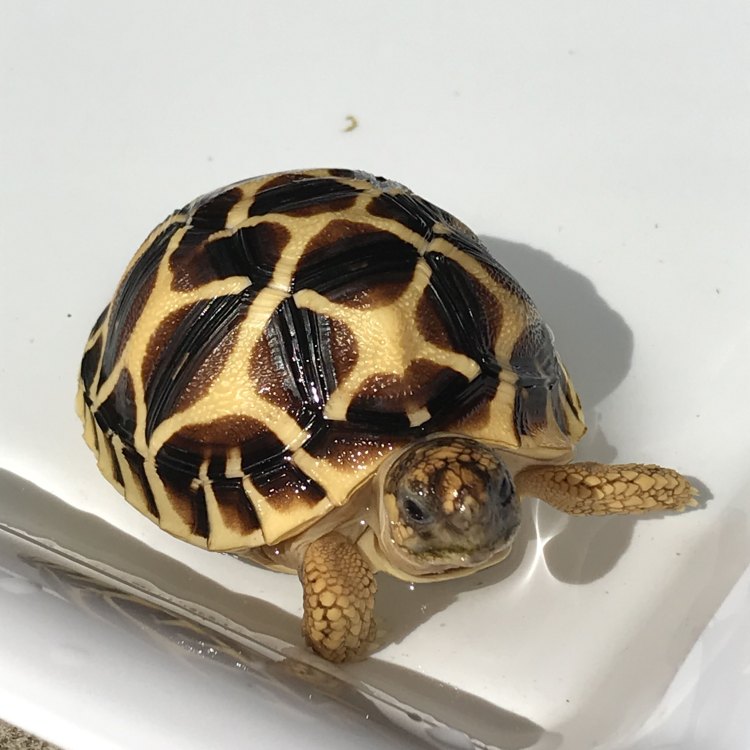
Geochelone elegans
The Stunning Indian Star Tortoise: A Unique Species Facing Challenges for Survival
The Indian Star Tortoise, scientifically known as Geochelone elegans, is a fascinating reptile that belongs to the Testudines order. It is a native species to the Indian subcontinent, specifically found in parts of India, Sri Lanka, and Pakistan. This stunning tortoise has captured the hearts of many due to its distinctive star-shaped patterns on its shell, making it a sought-after species in the pet trade. However, it is also facing a range of threats in the wild, and its survival is crucial for maintaining the balance of the ecosystem PeaceOfAnimals.Com.Adult Indian Star Tortoises can grow up to 25-30 cm in length, making them a medium-sized species. But what is truly remarkable is their lifespan, which can reach up to 80 years, making them one of the longest-living tortoises in the world. These tortoises have a relatively slow growth rate, and it takes them approximately 10-15 years to reach sexual maturity. This, coupled with their long lifespan, makes them vital for the survival of their species.
Reproduction in the Indian Star Tortoise is sexual, with males engaging in courtship behavior and elaborate mating rituals. During the mating season, males can be seen biting and hissing at each other, trying to establish dominance. The female's breeding season is usually in the monsoon months, and she can lay up to 10 eggs at a time. These eggs take approximately four months to hatch, and the newborns are about 3-4 cm in size.
Unlike some other tortoise species, the Indian Star Tortoise does not produce vocalizations Inland Taipan. They rely on visual cues and sense of touch to communicate with one another. However, during the mating season, males can make soft grunting noises to attract females. This unique behavior makes them a fascinating species to study.
One of the most interesting facts about the Indian Star Tortoise is how it got its name. It is not named because of its origin in India, but rather because of the stunning star patterns on its shell. This unique feature has made them a popular species in the pet trade. However, their popularity has led to illegal poaching and collection, causing a decline in their wild population.
The Indian Star Tortoise is a diurnal species, meaning that it is active during the day. They are also terrestrial, meaning that they spend most of their time on land, although they can swim if needed. They are solitary creatures, and you will rarely find them in groups. They have a highly adapted sense of smell and are excellent diggers, able to burrow into the ground to escape predators.
One of the most significant threats facing the Indian Star Tortoise is habitat loss. Due to urbanization and agriculture, their natural habitat is shrinking. The destruction of their habitat has led to a decline in their population, making them more vulnerable to other threats. The illegal pet trade is also a major issue, with many tortoises being captured and sold as exotic pets, often with inhumane conditions. These tortoises are not suitable as pets, as they require specific care and conditions to thrive.
Another less known threat to the Indian Star Tortoise is the collection of their shells for traditional medicine. In some Asian countries, the tortoise's shell is believed to have medicinal properties and is used in traditional medicine. This practice has led to a decline in their population, and stricter laws need to be implemented to protect these fascinating creatures.
The Indian Star Tortoise is currently listed as a vulnerable species on the IUCN Red List, and their conservation status is of great concern. Despite being an important species for maintaining the balance of the ecosystem, their decline in numbers is alarming. These tortoises play a vital role in seed dispersal and vegetation control, making them crucial for the growth and survival of their habitat.
Humans have had a significant impact on the Indian Star Tortoise's survival, whether it is through habitat destruction, illegal poaching, or traditional medicine. It is crucial to create awareness and educate people on the importance of protecting these creatures. Strict laws and regulations should also be implemented and enforced to prevent their illegal trade and collection.
In conclusion, the Indian Star Tortoise is an incredible species that deserves to be cherished and protected. Their distinctive features, lifespan, and behavior make them an incredibly fascinating species to study. However, they are facing many challenges, and their survival is crucial for the ecosystem. It is up to us to take action and ensure that these unique creatures continue to thrive in their natural habitat for generations to come. Let us join forces and work towards a sustainable future for the Indian Star Tortoise, and all other species that call our planet home.
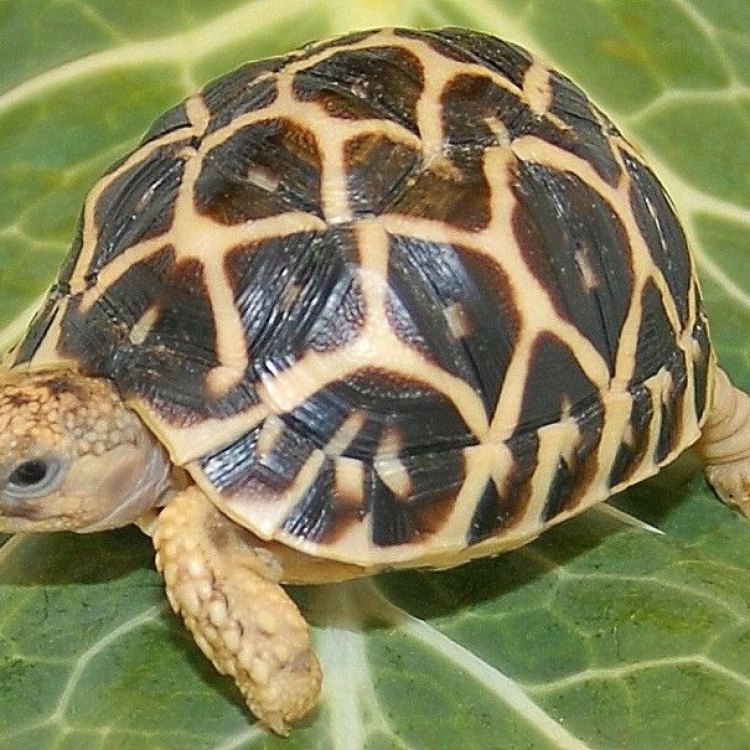
The Magnificent Indian Star Tortoise: A Unique and Adaptable Species
Disclaimer: The content provided is for informational purposes only. We cannot guarantee the accuracy of the information on this page 100%. All information provided here may change without prior notice.


